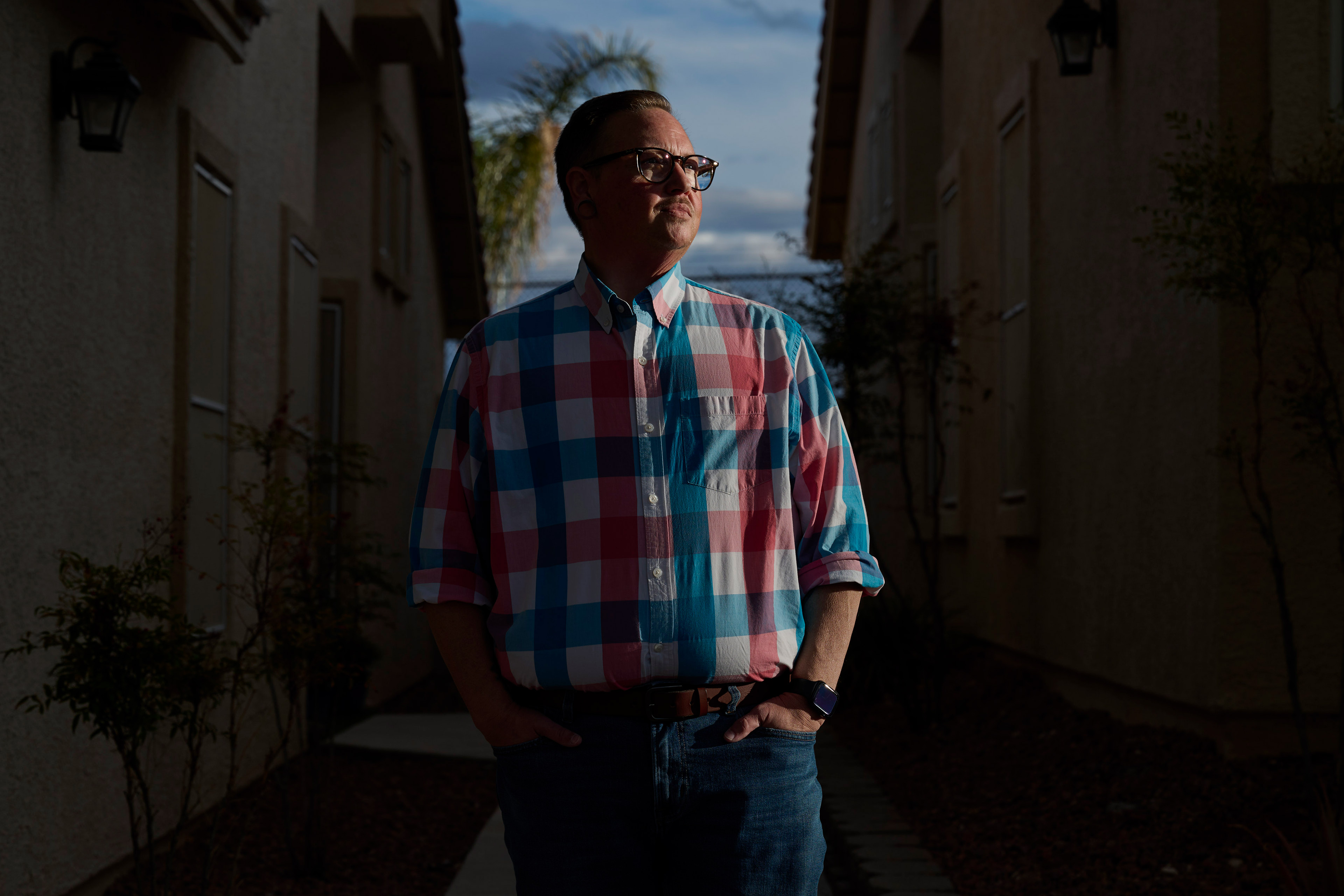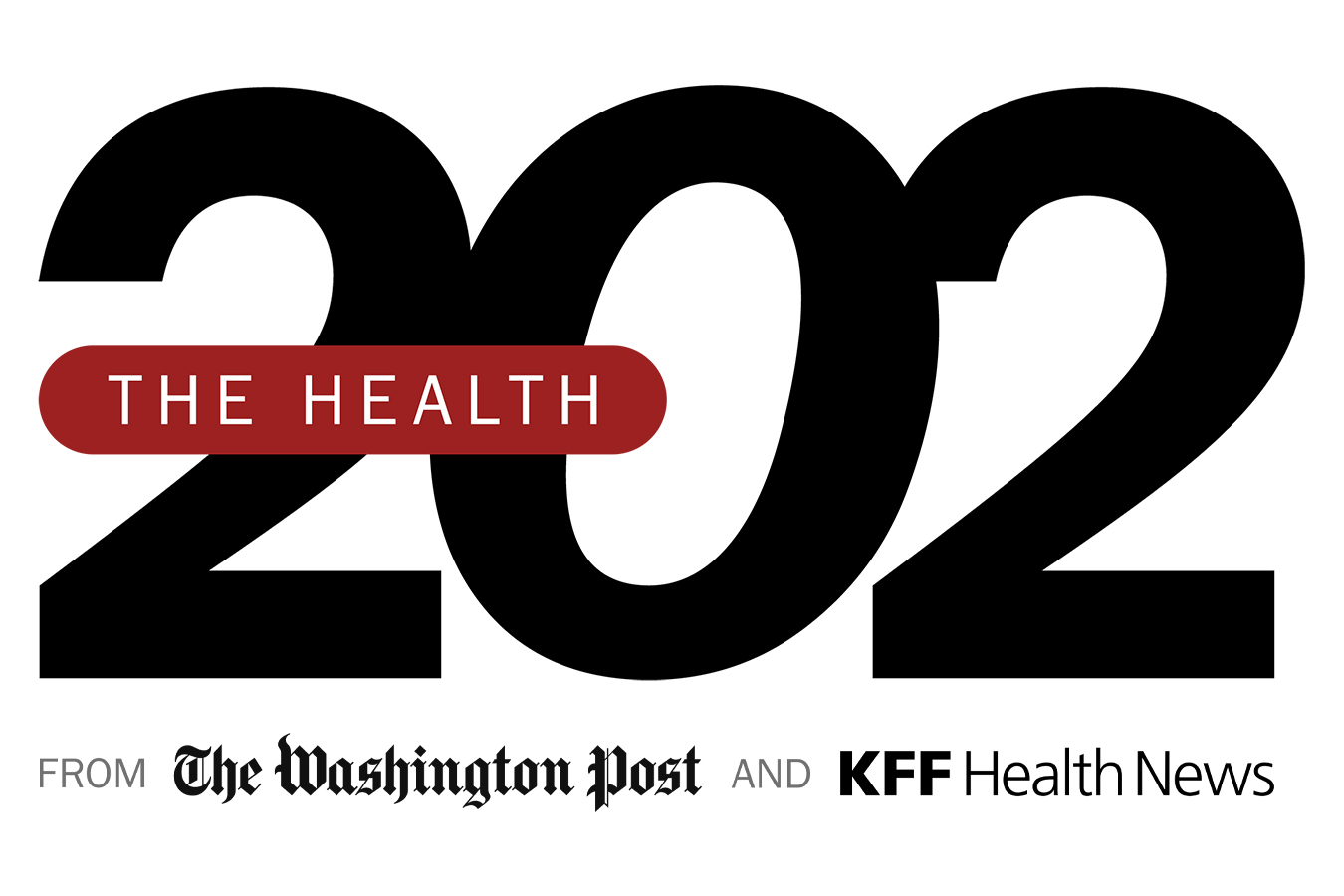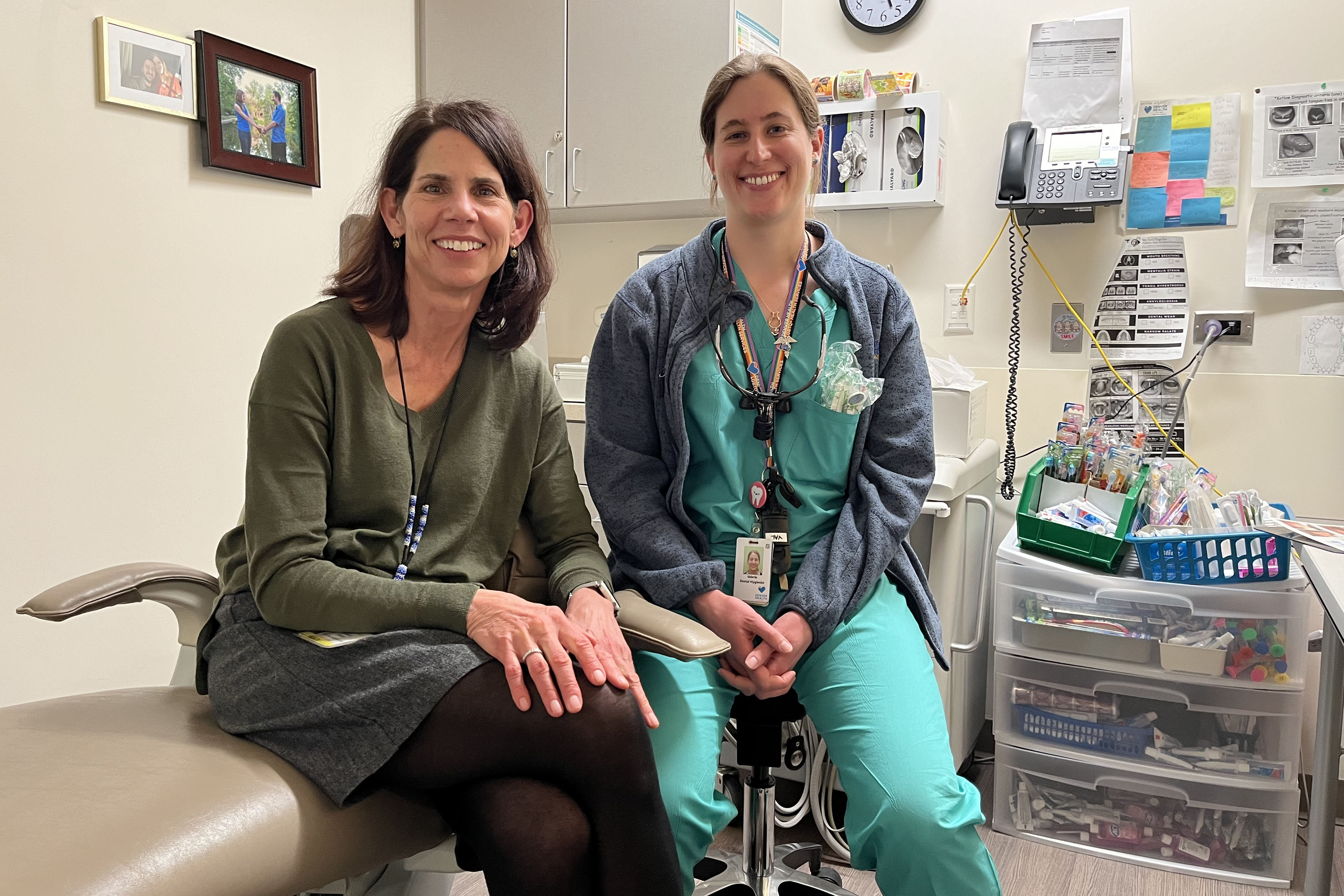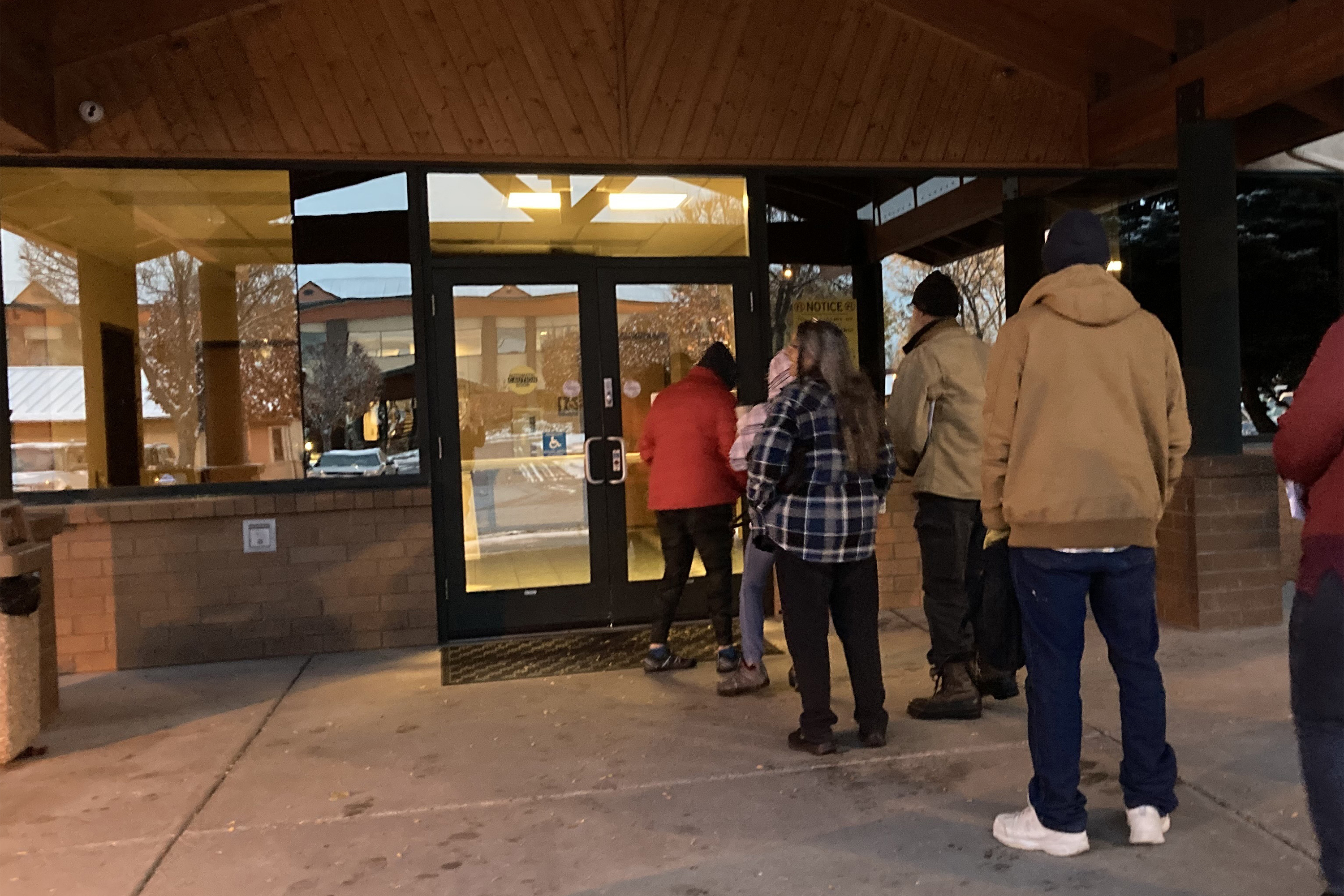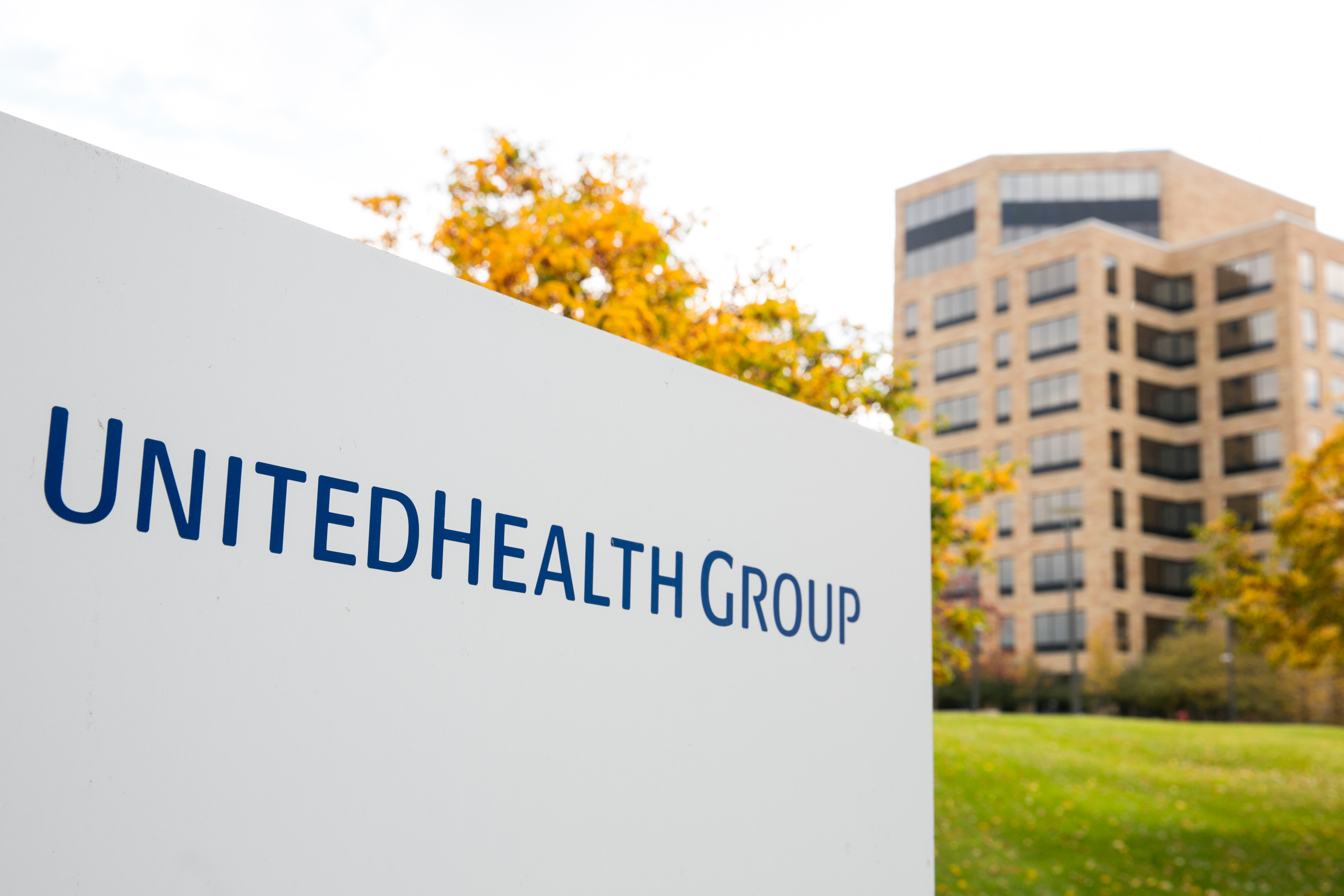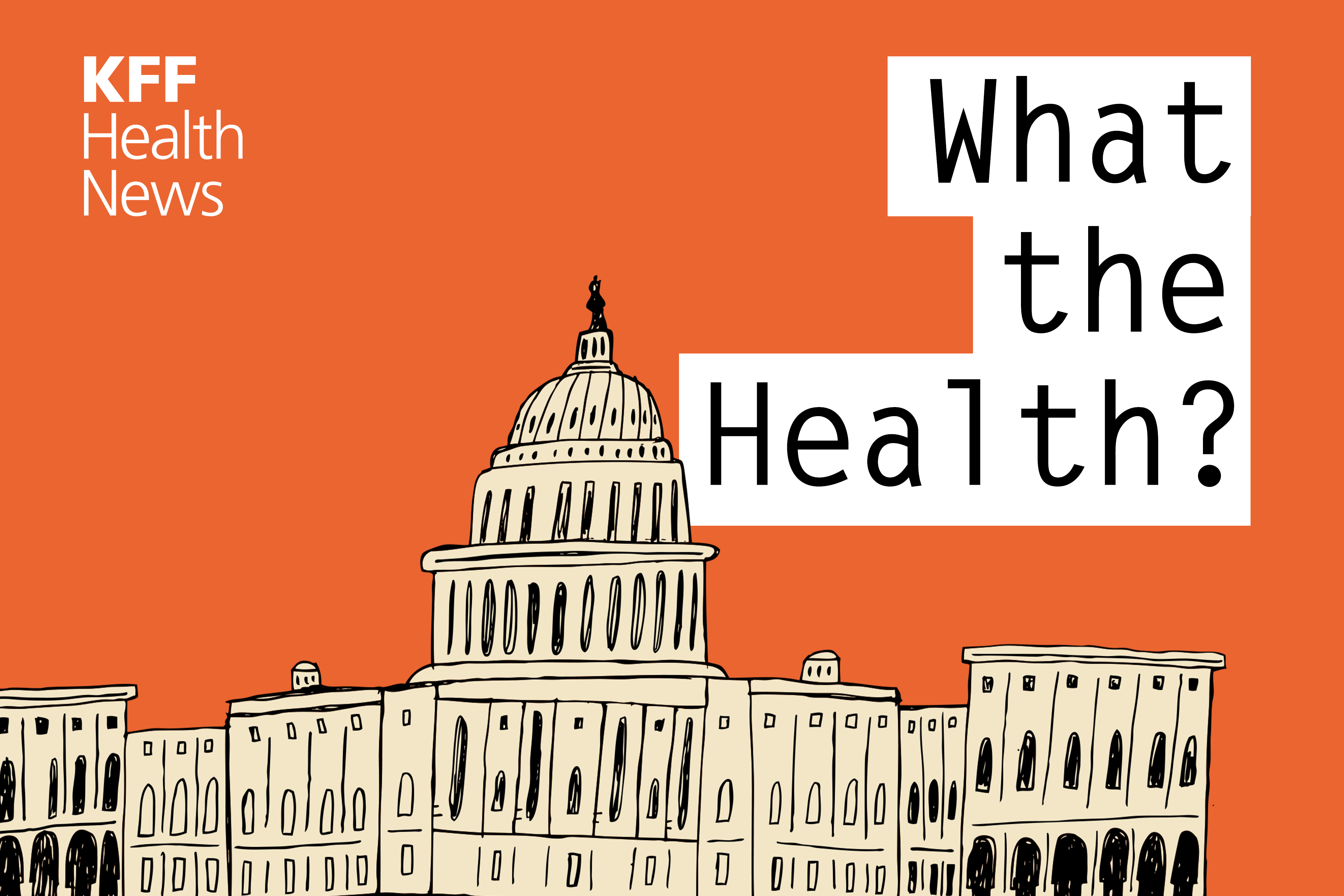Sign Here? Financial Agreements May Leave Doctors in the Driver’s Seat
Cass Smith-Collins jumped through hoops to get the surgery that would match his chest to his gender.
Living in Las Vegas and then 50, he finally felt safe enough to come out as a transgender man. He had his wife’s support and a doctor’s letter showing he had a long history of gender dysphoria, the psychological distress felt when one’s sex assigned at birth and gender identity don’t match.
Although in-network providers were available, Smith-Collins selected Florida-based surgeon Charles Garramone, who markets himself as an early developer of female-to-male top surgery and says that he does not contract with insurance. Smith-Collins said he was willing to pay more to go out-of-network.
“I had one shot to get the chest that I should have been born with, and I wasn’t going to chance it to someone who was not an expert at his craft,” he said.
Smith-Collins arranged to spend a week in Florida and contacted friends there who could help him recover from the outpatient procedure, he said.
Garramone’s practice required that the patient agree to its financial policies, according to documents shared by Smith-Collins. One document stated that “full payment” of Garramone’s surgical fees is required four weeks in advance of surgery and that all payments to the practice are “non-refundable.”
Smith-Collins said he and his wife dipped into their retirement savings to cover the approximately $14,000 upfront. With prior authorization from his insurer in hand saying the procedure would be “covered,” he thought his insurance would reimburse anything he paid beyond his out-of-pocket maximum for out-of-network care: $6,900.
The day before surgery, Smith-Collins signed another agreement from the surgeon’s practice, outlining how it would file an out-of-network claim with his insurance. Any insurance payment would be received by the doctor, it said.
The procedure went well. Smith-Collins went home happy and relieved.
Then the bill came. Or in this case: The reimbursement didn’t.
The Patient: Cass Smith-Collins, now 52, who has employer-based coverage through UnitedHealthcare.
Medical Services: Double-incision top surgery with nipple grafts, plus lab work.
Service Provider: Aesthetic Plastic Surgery Institute, doing business as The Garramone Center, which is owned by Garramone, according to Florida public records.
Total Bill: The surgeon’s practice billed the patient and insurance a total of $120,987 for his work. It charged the patient about $14,000 upfront — which included $300 for lab work and a $1,000 reservation fee — and then billed the patient’s insurer an additional $106,687.
The surgeon later wrote the patient that the upfront fee was for the “cosmetic” portion of the surgery, while the insurance charge was for the “reconstructive” part. Initially, the insurer paid $2,193.54 toward the surgeon’s claim, and the patient received no reimbursement.
After KFF Health News began reporting this story, the insurer reprocessed the surgeon’s claim and increased its payment to the practice to $97,738.46. Smith-Collins then received a reimbursement from Garramone of $7,245.
What Gives: Many patients write to Bill of the Month each year with their own tangled billing question. In many cases — including this one — the short answer is that the patient misunderstood their insurance coverage.
Smith-Collins was in a confusing situation. UnitedHealthcare said his out-of-network surgery would be “covered,” then it later told Smith-Collins it didn’t owe the reimbursement he had counted on. Then, after KFF Health News began reporting, he received a reimbursement.
Adding to the confusion were the practice’s financial polices, which set a pre-surgery payment deadline, gave the doctor control of any insurance payment, and left the patient vulnerable to more bills (though, fortunately, he received none).
Agreeing to an out-of-network provider’s own financial policy — which generally protects its ability to get paid and may be littered with confusing insurance and legal jargon — can create a binding contract that leaves a patient owing. In short, it can put the doctor in the driver’s seat, steering the money.
The agreement Smith-Collins signed the day before surgery says that the patient understands he is receiving out-of-network care and “may be responsible for additional costs for all services provided” by the out-of-network practice.
Federal billing protections shield patients from big, out-of-network bills — but not in cases in which the patient knowingly chose out-of-network care. Smith-Collins could have been on the hook for the difference between what his out-of-network doctor and insurer said the procedure should cost: nearly $102,000.
Emails show Smith-Collins had a couple of weeks to review a version of the practice’s out-of-network agreement before he signed it. But he said he likely hadn’t read the entire document because he was focused on his surgery and willing to agree to just about anything to get it.
“Surgery is an emotional experience for anyone, and that’s not an ideal time for anyone to sign a complex legal agreement,” said Marianne Udow-Phillips, a health policy instructor at the University of Michigan School of Public Health.
Udow-Phillips, who reviewed the agreement, said it includes complicated terms that could confuse consumers.
Another provision in the agreement says the surgeon’s upfront charges are “a separate fee that is not related to charges made to your insurance.”
Months after his procedure, having received no reimbursement, Smith-Collins contacted his surgeon, he said. Garramone replied to him in an email, explaining that UnitedHealthcare had paid for the “reconstructive aspect of the surgery” — while the thousands of dollars Smith-Collins paid upfront was for the “cosmetic portion.”
Filing an insurance claim had initially led to a payment for Garramone, but no refund for Smith-Collins.
Garramone did not respond to questions from KFF Health News for this article or to repeated requests for an interview.
Smith-Collins had miscalculated how much his insurance would pay for an out-of-network surgeon.
Documents show that before the procedure Smith-Collins received a receipt from Garramone’s practice marked “final payment” with a zero balance due, as well as prior authorization from UnitedHealthcare stating that the surgery performed by Garramone would be “covered.”
But out-of-network providers aren’t limited in what they can charge, and insurers don’t have a minimum they must pay.
An explanation of benefits, or EOB, statement shows Garramone submitted a claim to UnitedHealthcare for more than $106,000. Of that, UnitedHealthcare determined the maximum it would pay — known as the “allowed amount” — was about $4,400. A UnitedHealthcare representative later told Smith-Collins in an email that the total was based on what Medicare would have paid for the procedure.
Smith-Collins’ upfront charges of roughly $14,000 went well beyond the price the insurer deemed fair, and UnitedHealthcare wasn’t going to pay the difference. By UnitedHealthcare’s math, Smith-Collins’ share of its allowed amount was about $2,200, which is what counted toward his out-of-pocket costs. That meant, in the insurer’s eyes, Smith-Collins still hadn’t reached his $6,900 maximum for the year, so no refund.
Neither UnitedHealthcare nor the surgeon provided KFF Health News with billing codes, making it difficult to compare the surgeon’s charges to cost estimates for the procedure.
Garramone’s website says his fee varies depending on the size and difficulty of the procedure. The site says his prices reflect his experience and adds that “cheaper” may lead to “very poor results.”
Though he spent more than he expected, Smith-Collins said he’ll never regret the procedure. He said he had lived with thoughts of suicide since youth, having realized at a young age that his body didn’t match his identity and feared others would target him for being trans.
“It was a lifesaving thing,” he said. “I jumped through whatever hoops they wanted me to go through so I could get that surgery, so that I could finally be who I was.”

The Resolution: Smith-Collins submitted two appeals with his insurer, asking UnitedHealthcare to reimburse him for what he spent beyond his out-of-pocket maximum. The insurer denied both appeals, finding its payments were correct based on the terms of his plan, and said his case was not eligible for a third, outside review.
But after being contacted by KFF Health News, UnitedHealthcare reprocessed Garramone’s roughly $106,000 claim and increased its payment to the practice to $97,738.46.
Maria Gordon Shydlo, a UnitedHealthcare spokesperson, told KFF Health News the company’s initial determination was correct, but that it had reprocessed the claim so that Smith-Collins is “only” responsible for his patient share: $6,755.
“We are disappointed that this non-contracted provider elected to charge the member so much,” she said.
After that new payment, Garramone gave Smith-Collins a $7,245 refund in mid-April.
The Takeaway: Udow-Phillips, who worked in health insurance for decades and led provider services for Blue Cross Blue Shield of Michigan, said she had never seen a provider agreement like the one Smith-Collins signed.
Patients should consult a lawyer before signing any out-of-network agreements, she said, and they should make sure they understand prior authorization letters from insurers.
The prior authorization Smith-Collins received “doesn’t say covered in full, and it doesn’t say covered at what rate,” Udow-Phillips said, adding later, “I am sure [Smith-Collins] thought the prior authorization was for the cost of the procedure.”
Patients can seek in-network care to feel more secure about what insurance will cover and what their doctors might charge.
But for those who have a specific out-of-network doctor in mind, there are ways to try to avoid sticker shock, said Sabrina Corlette, a research professor and co-director of the Center on Health Insurance Reforms at Georgetown University:
- Patients should always ask insurers to define what “covered” means, specifically whether that means payment in full and for what expenses. And before making an upfront payment, patients should ask their insurer how much of that total it would reimburse.
- Patients also can ask their provider to agree in advance to accept any insurance reimbursement as payment in full, though there’s no requirement that they do so.
- And patients can try asking their insurer to provide an exact dollar estimate for their out-of-pocket costs and ask if they are refundable should insurance pick up the tab.
Bill of the Month is a crowdsourced investigation by KFF Health News and NPR that dissects and explains medical bills. Do you have an interesting medical bill you want to share with us? Tell us about it!

